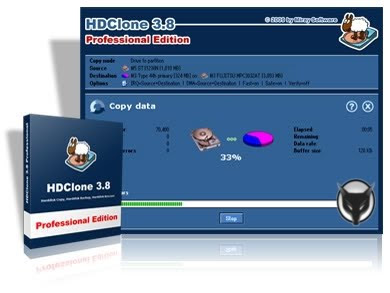

You can find a few such tools in this list of free backup tools.Looking for ways to make a backup for Windows 10/8/7 computer but don't know which one should be chosen, disk cloning or imaging? This post will walk you through some information about clone VS image as well as how to clone a hard drive and image a hard drive with MiniTool ShadowMaker. If you prefer super reliable backups, then a solution that supports offline backups might be a better choice.

However, when I started a system that I restored with Macrium Reflect, I saw the Windows Recovery Error screen, which worried me a little. Live backups of running system are usually no problem, though.

The tool's second downside is that it doesn't allow you to run backups from its boot disk. Thus if you have to back up Linux file systems (e.g., Ext2/3FS), you might benefit from the fact that Macrium Reflect uses sector-based imaging. The main advantage of sector-based imaging is that it often is file system independent. However, this is just my subjective view and I can't give any hard facts to support it. I have found them to be less reliable and sometimes slower than file-based imaging tools (despite the fact that they often are marketed to be faster). Somehow, however, my experience with sector-based imaging tools is not really good. I have been using imaging solutions since Windows NT 4, so you can imagine that I have seen quite a few different tools in the past 10 years or so. First of all, it is a sector-based imaging tool. Macrium Reflect also has a few downsides, though. You can mount backup images to drive letters, which is the feature I miss most in Windows Vista's system backup tool. It supports scheduling, CD/DVD writing, verification, MBR backup, file system integrity check and network backups. It has all the important feature of a backup imaging tool. Macrium Reflect's user interface also made a better impression on me than DriveImageXMLs. Best of all is that no extra download, installation or configuration is required because the ISO file is already included in the Macrium Reflect download. The ISO image is only 7MB and boots up very quickly compared to BartPE or UBCD4Win.


 0 kommentar(er)
0 kommentar(er)
